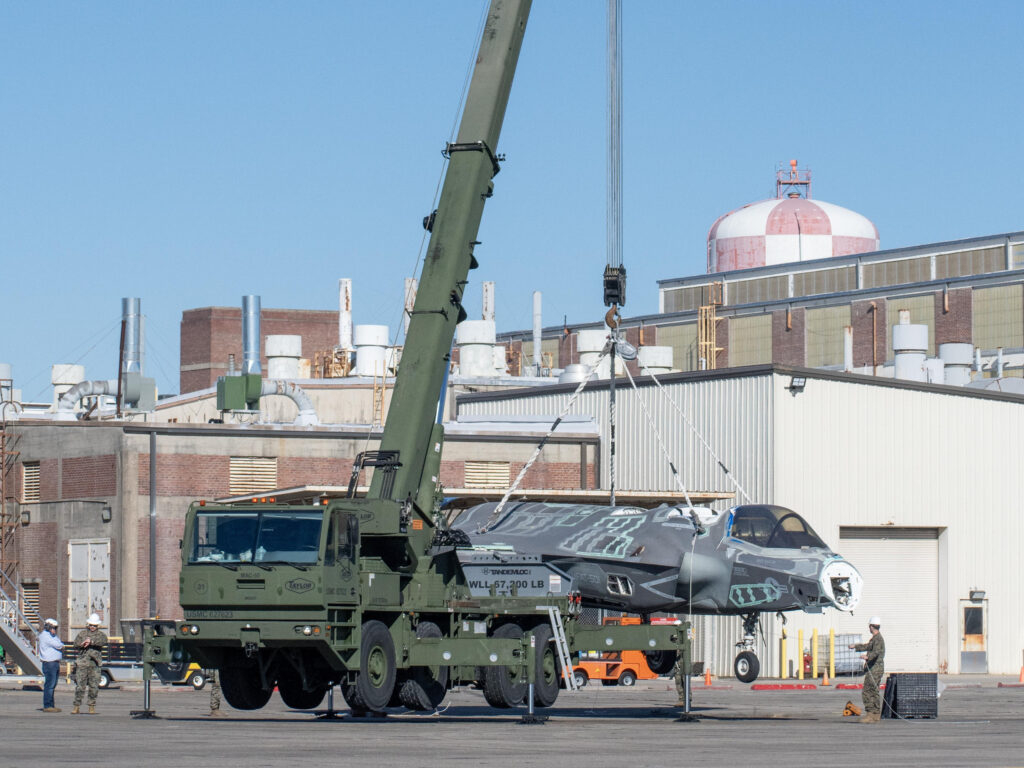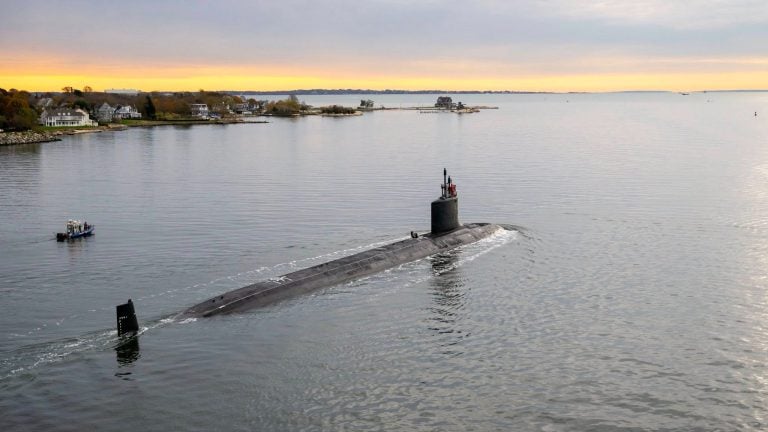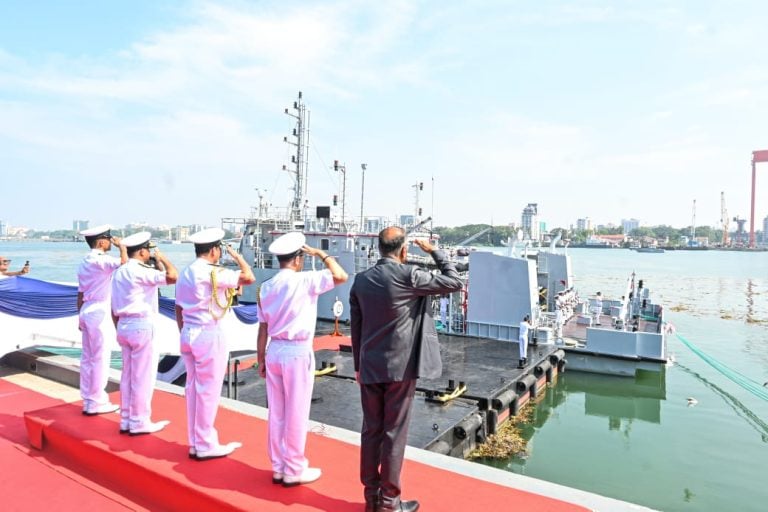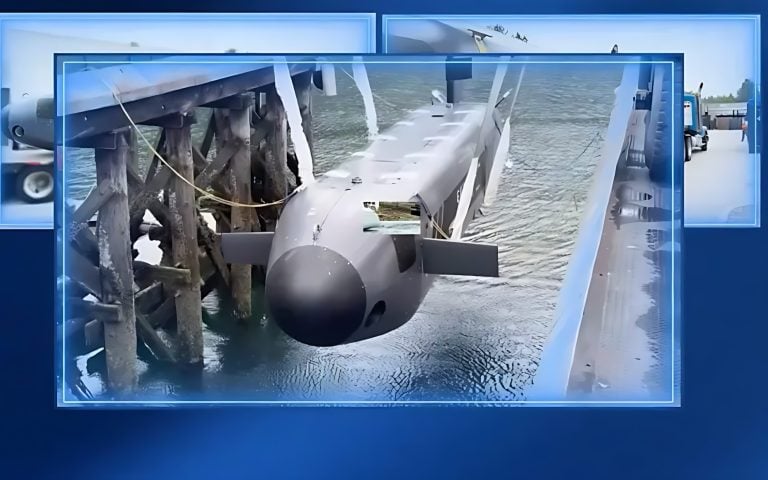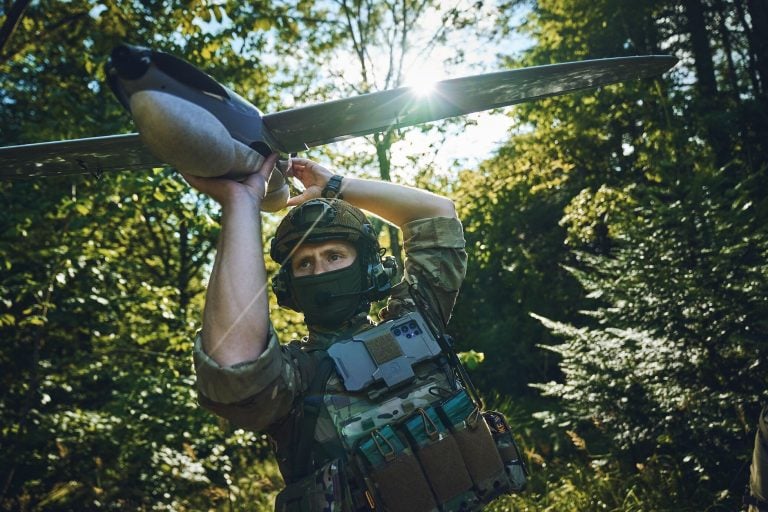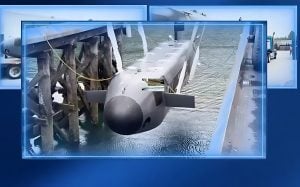The US Navy and Marine Corps have successfully conducted live training focused on the recovery of a downed F-35 Lightning II combat aircraft at Air Station Cherry Point in North Carolina. This three-day exercise involved a notably modified aircraft, featuring a stripped-down system with detached front landing gear, which accurately simulated realistic damage on the jet’s anterior structure.
The training placed significant emphasis on establishing a controlled recovery site and executing advanced protocols for the safe retrieval of the aircraft. The F-35 airframe utilized during the exercise was a non-operational unit sourced from the Fleet Readiness Center East (FRCE) stockpile, which is also used for various “readiness enhancer” programs.
Participating in the training were teams from the Navy’s FRCE and the Marine Wing Support Squadron 271 (MWSS-271). The training not only took place in a depot setting but also offered methodologies applicable to a variety of recovery scenarios, whether at garrison locations or in forward operating environments.
Chief Warrant Officer 2 Joseph Durand, Heavy Equipment Platoon Leader of MWSS-271, articulated the importance of the exercise by stating, “We’re training to educate on how pertinent it is to be able to recover an F-35, the practices that go into that recovery and the hazards that come along with it.” He emphasized the necessity of safely performing recovery operations, regardless of the nature of the incident, whether it involved a landing gear failure or a more severe malfunction.
The collaborative effort yielded a successful outcome, according to FRCE officials. Ike Rettenmair, the F-35 Branch Head at FRCE, noted, “Supporting MWSS-271’s training not only allowed their Marines to advance their F-35 aircraft recovery skills, it also gave our team the opportunity to sharpen their expertise while serving as subject-matter experts.” He pointed out that simulating a landing gear failure posed a considerable challenge, which the teams overcame, further enhancing their capabilities.
The context of this training was underscored by a recent incident involving the crash of an F-35 aircraft belonging to the US Air Force in Alaska. Following the accident, responders were promptly dispatched to the crash site as confirmed by Eielson Air Force Base. The pilot managed to eject safely before the impact and was subsequently transported to Bassett Army Hospital for medical evaluation and recovery.
This intensive training exercise reflects the commitment of the Navy and Marine Corps to maintaining readiness and effectiveness in aircraft recovery operations, ensuring safety both for the aircraft and the personnel involved in such critical missions.
